ASTM C1358 Test Fikstürü
ASTM C1358 covers the determination of compressive strength, including stress-strain behavior, under monotonic uniaxial loading of continuous
fiber-reinforced advanced ceramics at ambient temperatures.
Bilgi Almak İçin Lütfen Bizimle İletişime Geçiniz
- Açıklama
- Değerlendirmeler (0)
- TEKNİK ÖZELLİKLER
Açıklama
ASTM C1358 – Standard Test Method for Monotonic Compressive Strength Testing of Continuous Fiber-Reinforced Advanced Ceramics with Solid Rectangular Cross Section Test Specimens at Ambient Temperatures
ASTM C1358 covers the determination of compressive strength, including stress-strain behavior, under monotonic uniaxial loading of continuous
fiber-reinforced advanced ceramics at ambient temperatures.
This test method addresses, but is not restricted to, various suggested test specimen geometries as listed in the appendixes.
In addition, test specimen fabrication methods, testing modes (force, displacement, or strain control), testing rates (force rate, stress rate, displacement rate,
or strain rate), allowable bending, and data collection and reporting procedures are addressed.
Compressive strength, as used in this test method, refers to the compressive strength obtained under monotonic uniaxial loading, where monotonic refers to a
continuous nonstop test rate with no reversals from test initiation to final fracture.
ASTM C1358 applies primarily to advanced ceramic matrix composites with continuous fiber reinforcement: unidirectional (1D), bidirectional (2D), and
tridirectional (3D) or other multi-directional reinforcements.
In addition, this test method may also be used with glass (amorphous) matrix composites with 1D, 2D, 3D, and other multi-directional continuous fiber reinforcements.
This test method does not directly address discontinuous fiber-reinforced, whisker-reinforced, or particulate-reinforced ceramics, although the test methods
detailed here may be equally applicable to these composites.
ASTM C1358 / Significance and Use
This test method may be used for material development, material comparison, quality assurance, characterization, reliability assessment, and design
data generation.
Continuous fiber-reinforced ceramic matrix composites (CFCCs) are generally characterized by fine-grain sized (<50 μm) matrices and ceramic fiber
reinforcements.
In addition, continuous fiber-reinforced glass (amorphous) matrix composites can also be classified as CFCCs. Uniaxial-loaded compressive strength tests
provide information on mechanical behavior and strength for a uniformly stressed CFCC.
Generally, ceramic and ceramic matrix composites have greater resistance to compressive forces than tensile forces.
Ideally, ceramics should be compressively stressed in use, although engineering applications may frequently introduce tensile stresses in the component.
Nonetheless, compressive behavior is an important aspect of mechanical properties and performance.
The compressive strength of ceramic and ceramic composites may not be deterministic
Therefore, test a sufficient number of test specimens to gain an insight into strength distributions.
Compression tests provide information on the strength and deformation of materials under uniaxial compressive stresses.
Uniform stress states are required to effectively evaluate any nonlinear stress-strain behavior that may develop as the result of cumulative damage processes
(for example, matrix cracking, matrix/fiber debonding, fiber fracture, delamination, etc.) that may be influenced by testing mode, testing rate, effects of
processing or combination of constituent materials, or environmental influences.
Some of these effects may be consequences of stress corrosion or sub-critical (slow) crack growth which can be minimized by testing at sufficiently rapid rates
as outlined in this test method.
The results of compression tests of test specimens fabricated to standardized dimensions from a particulate material or selected portions of a part, or both,
may not totally represent the strength and deformation properties of the entire, full-size product or its in-service behavior in different environments.
For quality control purposes, results derived from standardized compressive test specimens may be considered indicative of the response of the material from
which they were taken for given primary processing conditions and post-processing heat treatments.
The compressive behavior and strength of a CFCC are dependent on, and directly related to, the material. Analysis of fracture surfaces and fractography,
though beyond the scope of this test method, are recommended.
ASTM C1358 / Apparatus
ASTM C1358 /Testing Machines— Machines used for compressive testing shall conform to Practices E4.
The forces used in determining compressive strength shall be accurate within 61 % at any force within the selected force range of the testing machine.
ASTM C1358 / Gripping Devices
General—Various types of gripping devices may be used to transmit the measured force applied by the testing machine to the test specimens.
The brittle nature of the matrices of CFCCs requires a uniform interface between the grip components and the gripped section of the test specimen.
Line or point contacts and nonuniform pressure can produce Hertzian-type stresses leading to crack initiation and fracture of the test specimen in the gripped
section.
The primary recommended gripping system for compressive testing CFCCs employs active grip interfaces that require a continuous application of a mechanical,
hydraulic, or pneumatic force to transmit the force applied by the test machine to the test specimen.
These types of grip interfaces (that is, frictional face-loaded grips) cause a force to be applied normal to the surface of the gripped section of the test specimen.
Transmission of the uniaxial force applied by the test machine is then accomplished by friction between the test specimen and the grip faces.
Thus, important aspects of active grip interfaces are uniform contact between the gripped section of the test specimen and the grip faces and constant coefficient
of friction over the grip/specimen interface.
ASTM C1358 / For flat test specimens, frictional face-loaded grips, either by direct lateral pressure grip faces or by indirect wedge-type grip faces
Generally, close tolerances are required for the flatness and parallelism as well as for the wedge angle of the wedge grip faces.
In addition, the thickness, flatness, and parallelism of the gripped section of the test specimen must be within similarly close tolerances to promote uniform contact
at the test specimen/grip interface.
Tolerances will vary depending on the exact configuration . Sufficient lateral pressure must be applied to prevent slippage between the grip face and
the test specimen.
Grip surfaces that are scored or serrated with a pattern similar to that of a single-cut file have been found satisfactory.
A fine serration appears to be the most satisfactory.
Keep the serrations clean and well-defined but not overly sharp.
The length and width of the grip faces shall be equal to or greater than the respective length and width of the gripped sections of the test specimen.
An alternative recommended gripping system for compressive testing CFCCs employs passive grip interfaces which employ lateral supports and loading anvils to
transmit the applied force to the compressive test specimen.
The lateral supports prevent both buckling of the test specimen in the gage section and splitting and brooming of the ‘grip’ section.
Transmission of the force applied by the test machine is then accomplished by a directly applied uniaxial force to the test specimen ends.
Thus,important aspects of this type of grip interface are uniform contact between the loading anvil and the test specimen and good contact between the
test specimen and lateral supports.
ASTM C1358 / For flat test specimens, a controlled, face-supported fixture .
Generally, close tolerances are required for the flatness and parallelism. In addition, the thickness, flatness, and parallelism of the supported section of the
test specimen must be within similarly close tolerances to promote uniform contact at the test specimen/lateral support interface.
Tolerances will vary depending on the exact configuration .
Referenced Documents
ASTM C1145 Terminology of Advanced Ceramics
ASTM D695 Test Method for Compressive Properties of Rigid Plastics
ASTM D3379 Test Method for Tensile Strength and Young’s Modulus for High-Modulus Single-Filament Materials
ASTM D3410/D3410M Test Method for Compressive Properties of Polymer Matrix Composite Materials with Unsupported Gage Section by Shear Loading
ASTM D3479/D3479M Test Method for Tension-Tension Fatigue of Polymer Matrix Composite Materials
ASTM D3878 Terminology for Composite Materials
ASTM D6856 Guide for Testing Fabric-Reinforced “Textile” Composite Materials
ASTM E4 Practices for Force Verification of Testing Machines
ASTM E6 Terminology Relating to Methods of Mechanical Testing
ASTM E83 Practice for Verification and Classification of Extensometer Systems
ASTM E337 Test Method for Measuring Humidity with a Psychrometer (the Measurement of Wet- and Dry-Bulb Temperatures)
ASTM E1012 Practice for Verification of Testing Frame and Specimen Alignment Under Tensile and Compressive Axial Force Application
*** Before conducting ASTM C1358 , it is important to read the entire specification. Standards can be obtained from appropriate standard authorities.
***PARSROS offers several types of grips and fixtures which will enable you to perform a variety of tests
that are accurate and repeatable.









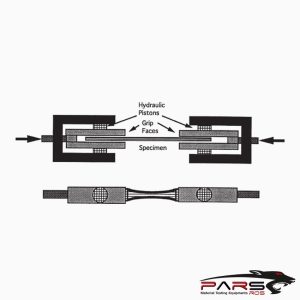




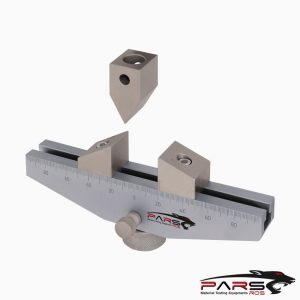

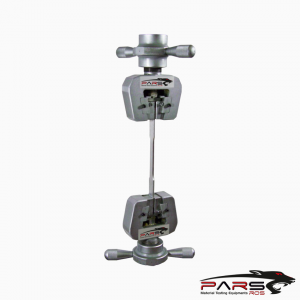
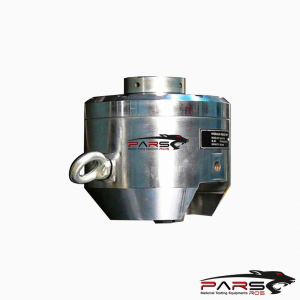

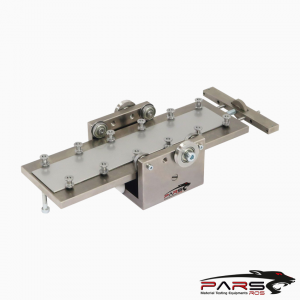




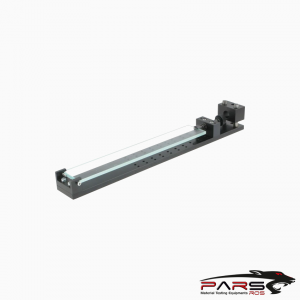


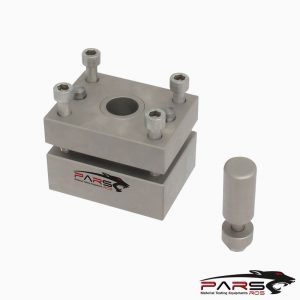
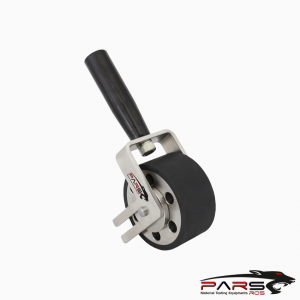


Bir yanıt yazın
Yorum yapabilmek için oturum açmalısınız.